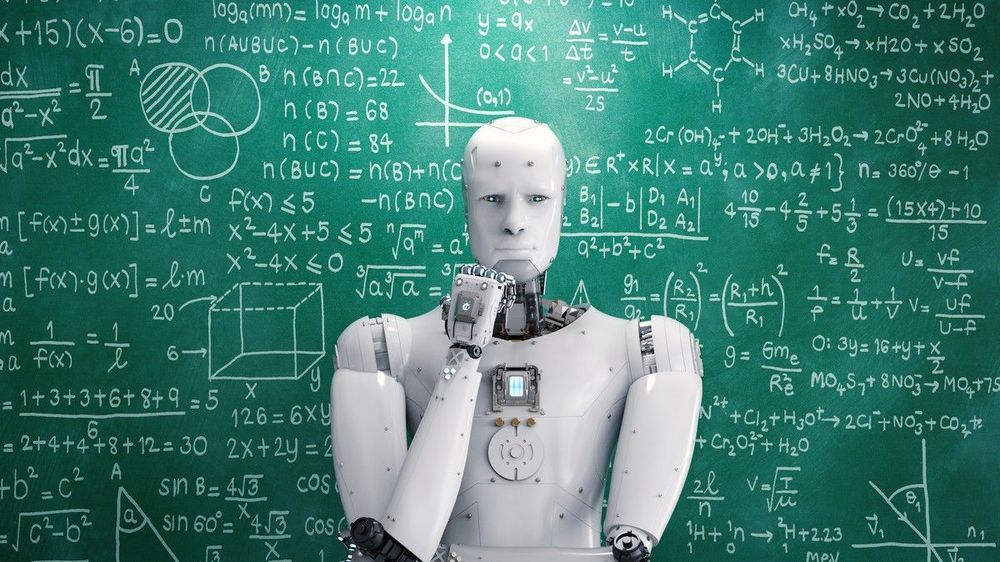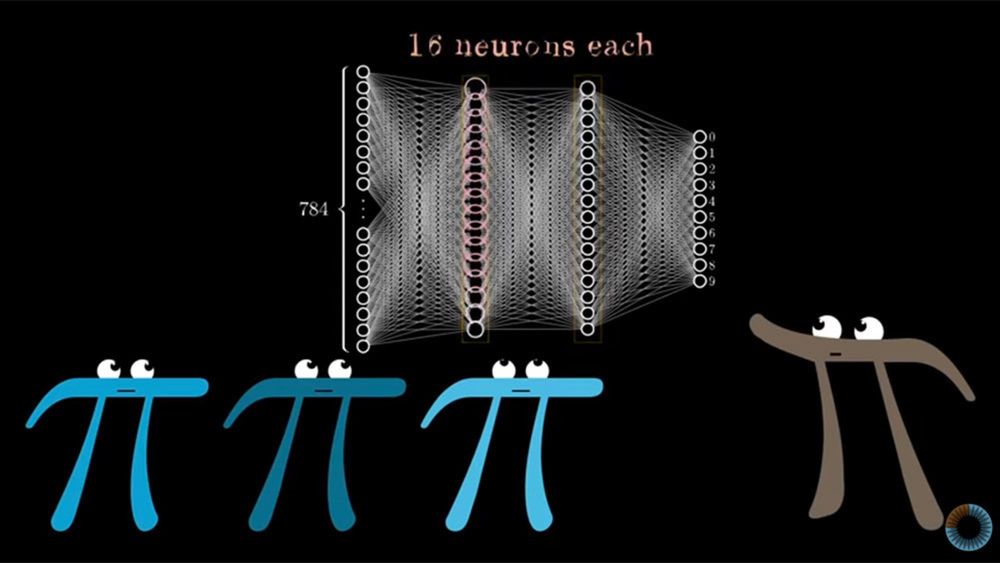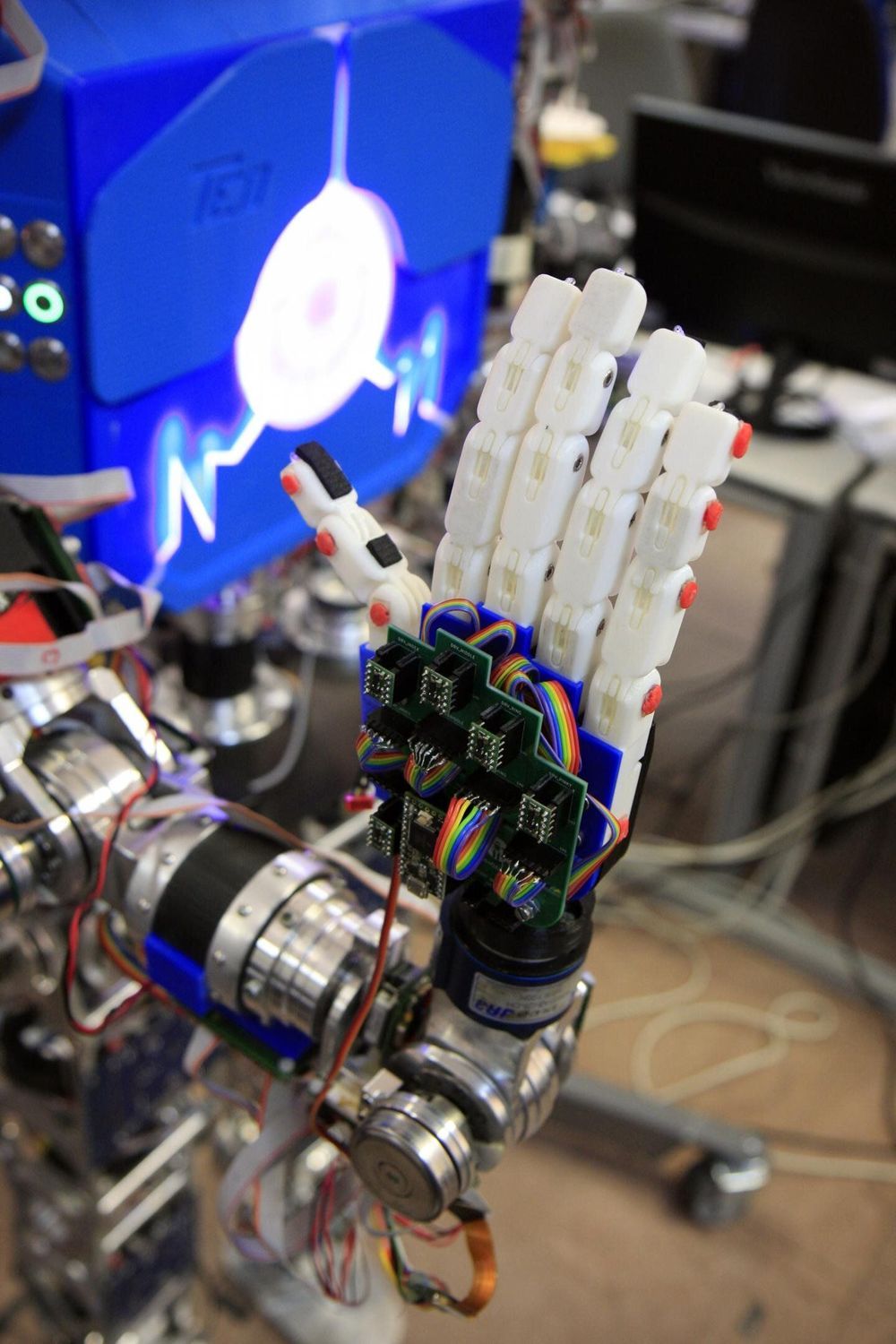Scientists used machine learning to reveal new scientific knowledge hidden in old research papers.



This video was made possible by Skillshare. Be one of the first 500 people to sign up with this link and get your first 2 months of premium subscription for FREE! http://skl.sh/Singularity
In the last video in this series we discussed the ancient origins of artificial intelligence progressing forward to the beginnings of the development of modern computing based artificial intelligence, encompassing the philosophies, theories and inventions of many talented individuals and groups.
The focus of this video will continue right were the last one left off, so sit back, relax and join me on an exploration on the official birth of modern artificial intelligence leading to present day!
Thank you to the patron(s) who supported this video ➤
Wyldn pearson collin R terrell kiyoshi matsutsuyu
Subscribe ➤ http://subscribe.singularityprosperity.com/youtube
What Is Big Data? & How Big Data Is Changing The World! https://www.facebook.com/singularityprosperity/videos/439181406563439/
In this video, we’ll be discussing big data – more specifically, what big data is, the exponential rate of growth of data, how we can utilize the vast quantities of data being generated as well as the implications of linked data on big data.
[0:30–7:50] — Starting off we’ll look at, how data has been used as a tool from the origins of human evolution, starting at the hunter-gatherer age and leading up to the present information age. Afterwards, we’ll look into many statistics demonstrating the exponential rate of growth and future growth of data.
[7:50–18:55] — Following that we’ll discuss, what exactly big data is and delving deeper into the types of data, structured and unstructured and how they will be analyzed both by humans and machine learning (AI).
This video was made possible by Brilliant. Be one of the first 200 people to sign up with this link and get 20% off your premium subscription with Brilliant.org! https://brilliant.org/singularity
Artificial intelligence, machine learning – these words lately have been used synonymously – but should they be?
In this third video in our artificial intelligence series and as for the purpose of this machine learning series, I’ll seek to answer that question, so sit back, relax and join me on an exploration into the field of machine learning!
Thank you to the patron(s) who supported this video ➤
Wyldn pearson garry ttocsra brian schroeder
Become A Channel Member, Patron or Make A Donation ➤.

On January 20th Google’s DeepMind division, the division behind a myriad of artificial intelligence (AI) firsts, quietly submitted a paper on Arxiv entitled “PathNet: Evolution Channels Gradient Descent in Super Neural Networks” that mostly went unnoticed.

Despite their names, artificial intelligence technologies and their component systems, such as artificial neural networks, don’t have much to do with real brain science. I’m a professor of bioengineering and neurosciences interested in understanding how the brain works as a system – and how we can use that knowledge to design and engineer new machine learning models.
In recent decades, brain researchers have learned a huge amount about the physical connections in the brain and about how the nervous system routes information and processes it. But there is still a vast amount yet to be discovered.
At the same time, computer algorithms, software and hardware advances have brought machine learning to previously unimagined levels of achievement. I and other researchers in the field, including a number of its leaders, have a growing sense that finding out more about how the brain processes information could help programmers translate the concepts of thinking from the wet and squishy world of biology into all-new forms of machine learning in the digital world.

Artificial neural networks were created to imitate processes in our brains, and in many respects – such as performing the quick, complex calculations necessary to win strategic games such as chess and Go – they’ve already surpassed us. But if you’ve ever clicked through a CAPTCHA test online to prove you’re human, you know that our visual cortex still reigns supreme over its artificial imitators (for now, at least). So if schooling world chess champions has become a breeze, what’s so hard about, say, positively identifying a handwritten ‘9’? This explainer from the US YouTuber Grant Sanderson, who creates maths videos under the moniker 3Blue1Brown, works from a program designed to identify handwritten variations of each of the 10 Arabic numerals (0−9) to detail the basics of how artificial neural networks operate. It’s a handy crash-course – and one that will almost certainly make you appreciate the extraordinary amount of work your brain does to accomplish what might seem like simple tasks.
Video by 3Blue1Brown
The work of a sleepwalking artist offers a glimpse into the fertile slumbering brain.

For a robot to be able to “learn” sign language, it is necessary to combine different areas of engineering such as artificial intelligence, neural networks and artificial vision, as well as underactuated robotic hands. “One of the main new developments of this research is that we united two major areas of Robotics: complex systems (such as robotic hands) and social interaction and communication,” explains Juan Víctores, one of the researchers from the Robotics Lab in the Department of Systems Engineering and Automation of the UC3M.
The first thing the scientists did as part of their research was to indicate, through a simulation, the specific position of each phalanx in order to depict particular signs from Spanish Sign Language. They then attempted to reproduce this position with the robotic hand, trying to make the movements similar to those a human hand could make. “The objective is for them to be similar and, above all, natural. Various types of neural networks were tested to model this adaptation, and this allowed us to choose the one that could perform the gestures in a way that is comprehensible to people who communicate with sign language,” the researchers explain.
Finally, the scientists verified that the system worked by interacting with potential end-users. “The deaf people who have been in contact with the robot have reported 80 percent satisfaction, so the response has been very positive,” says another of the researchers from the Robotics Lab, Jennifer J. Gago. The experiments were carried out with TEO (Task Environment Operator), a humanoid robot for home use developed in the Robotics Lab of the UC3M.
A vegetable-picking robot that uses machine learning to identify and harvest a commonplace, but challenging, agricultural crop has been developed by engineers.
The ‘Vegebot’, developed by a team at the University of Cambridge, was initially trained to recognise and harvest iceberg lettuce in a lab setting. It has now been successfully tested in a variety of field conditions in cooperation with G’s Growers, a local fruit and vegetable co-operative.
Although the prototype is nowhere near as fast or efficient as a human worker, it demonstrates how the use of robotics in agriculture might be expanded, even for crops like iceberg lettuce which are particularly challenging to harvest mechanically. The results are published in The Journal of Field Robotics.

By Donna Lu
It’s the smartest piece of glass in the world. Zongfu Yu at the University of Wisconsin–Madison and his colleagues have created a glass artificial intelligence that uses light to recognise and distinguish between images. What’s more, the glass AI doesn’t need to be powered to operate.
The proof-of-principle glass AI that Yu’s team created can distinguish between handwritten single digit numbers. It can also recognise, in real time, when a number it is presented with changes – for instance, when a 3 is altered to an 8.